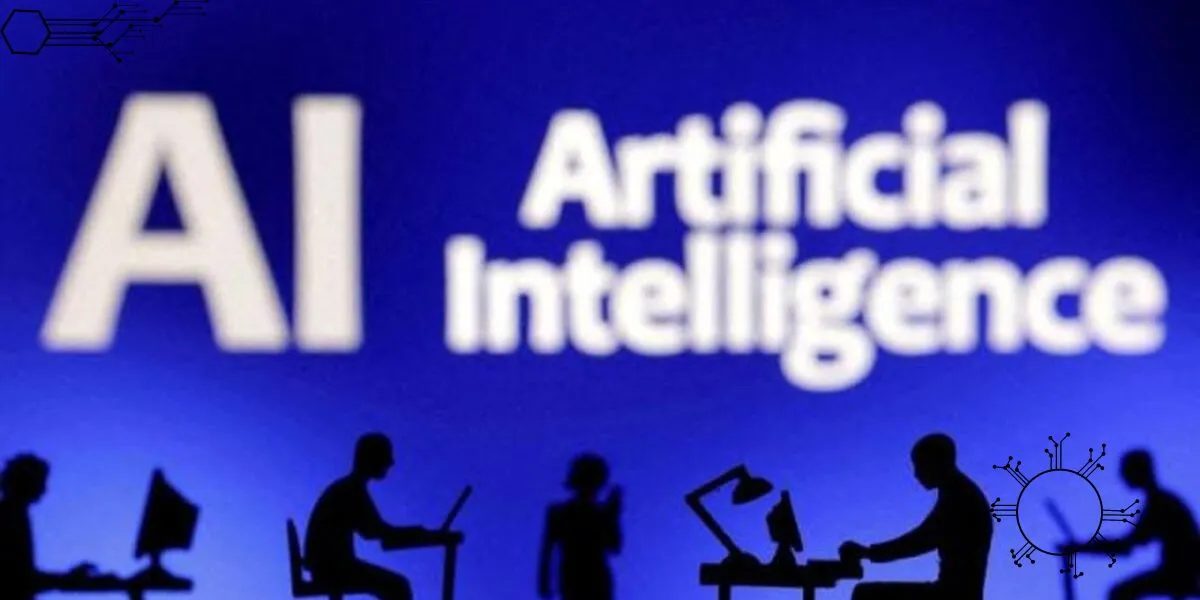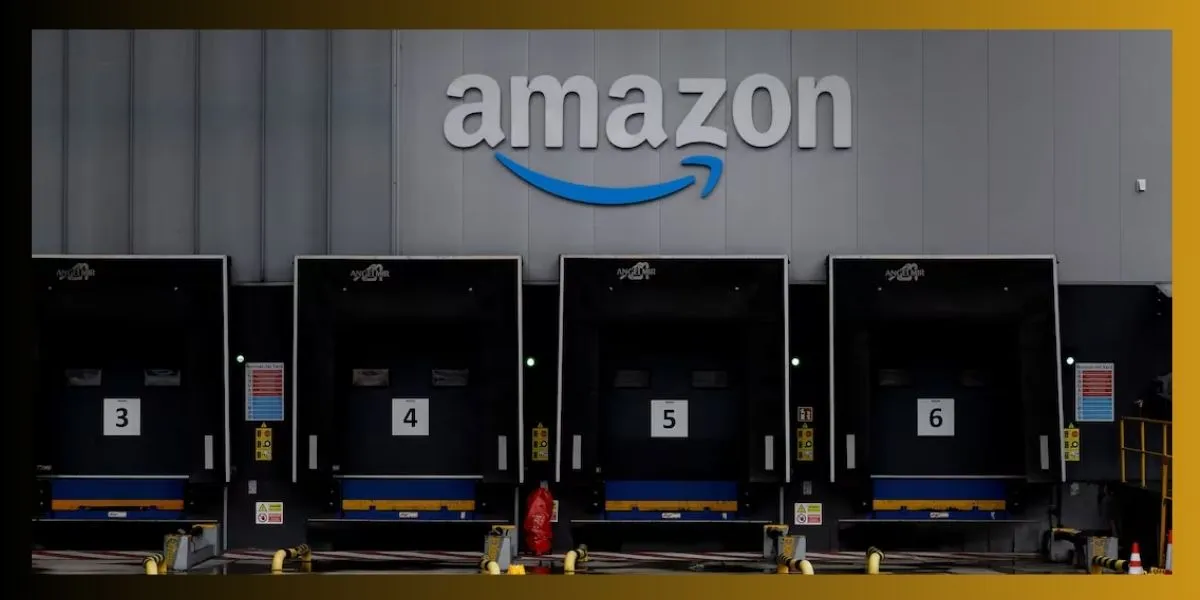As Amazon dives deeper into AI investments, how will its approach and innovations stack up against the established efforts of Google and Microsoft in redefining the future of technology?
In an indication of the intensifying competition in artificial intelligence (AI), computer behemoths Google and Microsoft are making large expenditures, and Amazon joins AI race to match them. This calculated move not only emphasizes the fierce competition to spearhead the AI revolution but also the enormous promise and game-changing ability of AI technology to reshape the world.
Amazon Joins the AI Race

For years, Google and Microsoft have been at the forefront of AI research and development, pouring billions into projects that span from machine learning and natural language processing to autonomous systems and beyond. Google’s AI subsidiary, DeepMind, Has made headlines with its breakthroughs in neural network reinforcement learning, while Microsoft has integrated AI deeply into its Azure cloud platform, offering cutting-edge services to enterprises worldwide.
But AI is nothing new to Amazon, The Corporation has already had a significant impact in the AI space with its Amazon Web Services(AWS) platform, providing a range of AI and Machine Learning capabilities that enable companies to grow and innovate.
However, the most recent news suggests that Amazon is about to considerably increase its spending to compete with Google and Microsoft’s AI developments.
Strategic Investments and Innovations
Billions in AI Investment
According to a recent report by Bloomberg, Amazon plans to invest several billion dollars in AI development over the next few years. This investment will focus on enhancing AWS’s AI capabilities, advancing its Alexa virtual assistant, and exploring new AI-driven solutions across its diverse business units.
Attention to Generative AI
Given the tremendous growth of this technology in recent years, Amazon has made generative AI a prominent area of concentration. Using patterns found in existing data, generative AI generates new material, including text, music, and graphics.
Amazon just acquired Graphcore, an AI business specializing in creating semiconductors optimized for AI workloads, demonstrating its commitment to this technology. Amazon’s ambitions to provide high-performance AI services might pick up speed due to this acquisition.
Also, take a look at “Doug Bell (@therealdougbell)’s” latest post on Twitter-
Big Tech’s AI Race Has One Main Winner: Nvidia | Amazon joins Microsoft and Google in blowout capital spending with mixed business results, while Intel struggles. – WSJ https://t.co/5m8QHONooc
— Doug Bell (@therealdougbell) August 2, 2024
The Stakes Are High
In the race against AI, there are enormous stakes. AI might boost the world economy by up to $15.7 trillion by 2030, according to a PwC analysis. Leading the way in AI innovation will benefit Amazon, Google, and Microsoft in terms of gaining a large portion of this lucrative market and establishing the bar for moral AI research, data privacy, and worldwide digital transformation.
Google and Microsoft’s Investments:
Google:
Alphabet, Google’s parent company, allocated over $4.5 billion to AI research and infrastructure last year, with projects ranging from healthcare AI to self-driving cars.
Microsoft:
Committed over $20 billion through its “AI for All” initiative, which aims to democratize AI access and foster inclusive growth.
Impact on the Workforce: Opportunities and Challenges
With Amazon joining Google and Microsoft in boosting AI investments, the workforce is experiencing new opportunities and significant challenges.

New Job Opportunities
Emerging Roles: The surge in AI investments is increasing demand for roles like AI specialists, machine learning engineers, and data scientists. A report by the World Economic Forum (2023) projects a 10% annual growth in AI-related job roles.
Training Initiatives: Companies invest in training programs to help workers gain skills in AI and related fields. For example, Amazon’s AWS Training and Certification is preparing employees for new tech roles.
Challenges
Job Displacement: AI-driven automation can lead to job losses, particularly in manufacturing and administrative sectors. McKinsey & Company (2024) estimates that up to 30% of jobs could be automated by 2030.
Skill Gaps: There is a growing mismatch between current skills and those needed for AI-driven roles, which can exacerbate inequality. Regional disparities also mean that some areas will face greater job losses than others.
Mitigation Strategies
Educational Upgrades: Educational institutions and companies are updating curricula and training programs to prepare workers for AI roles and address skill gaps.
Supportive Policies: Governments are implementing policies to support workforce transitions, including reskilling programs and social safety nets.
Looking Ahead
As Amazon joins AI game, the competitive dynamics in the tech industry are set to become even more intriguing. The company’s significant investments will likely spur further advancements and innovations, challenging Google and Microsoft to continuously push the boundaries of what AI can achieve.
For consumers and businesses alike, this competition promises a future where AI-driven solutions are more powerful, accessible, and transformative than ever before. As the AI race heats up, one thing is clear: the journey toward AI supremacy is just beginning, and the innovations that emerge from this race will shape the world for decades to come.



